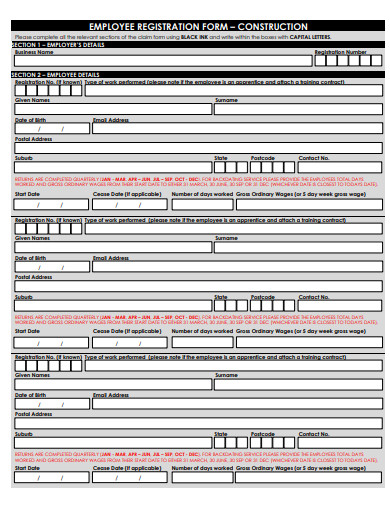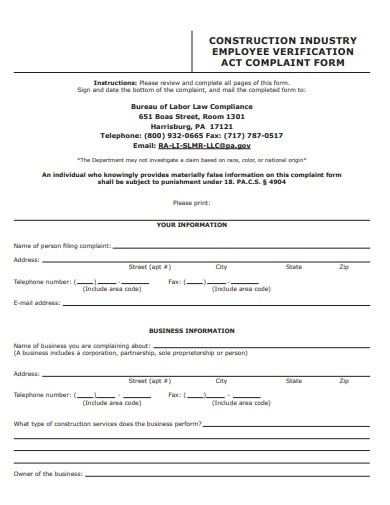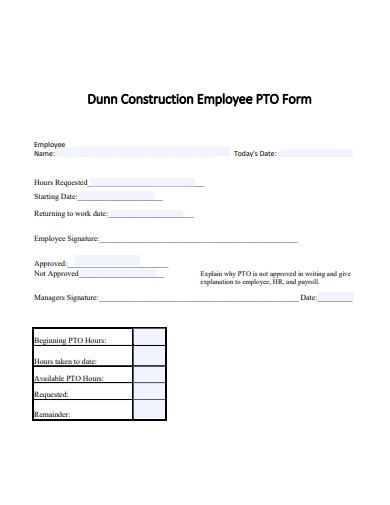In the fast-paced world of construction, efficient and accurate data collection is paramount. The Construction Employee Form serves as a cornerstone for building robust teams, ensuring every detail from a worker’s expertise to safety certifications is meticulously recorded. Tailored for the unique demands of the construction industry, this employee form is an indispensable tool for site managers and HR form professionals alike. Dive into its features and discover how it can elevate your project management and team coordination.
11+ Construction Employee Form Samples
1. Construction Employee Form Template Bundle
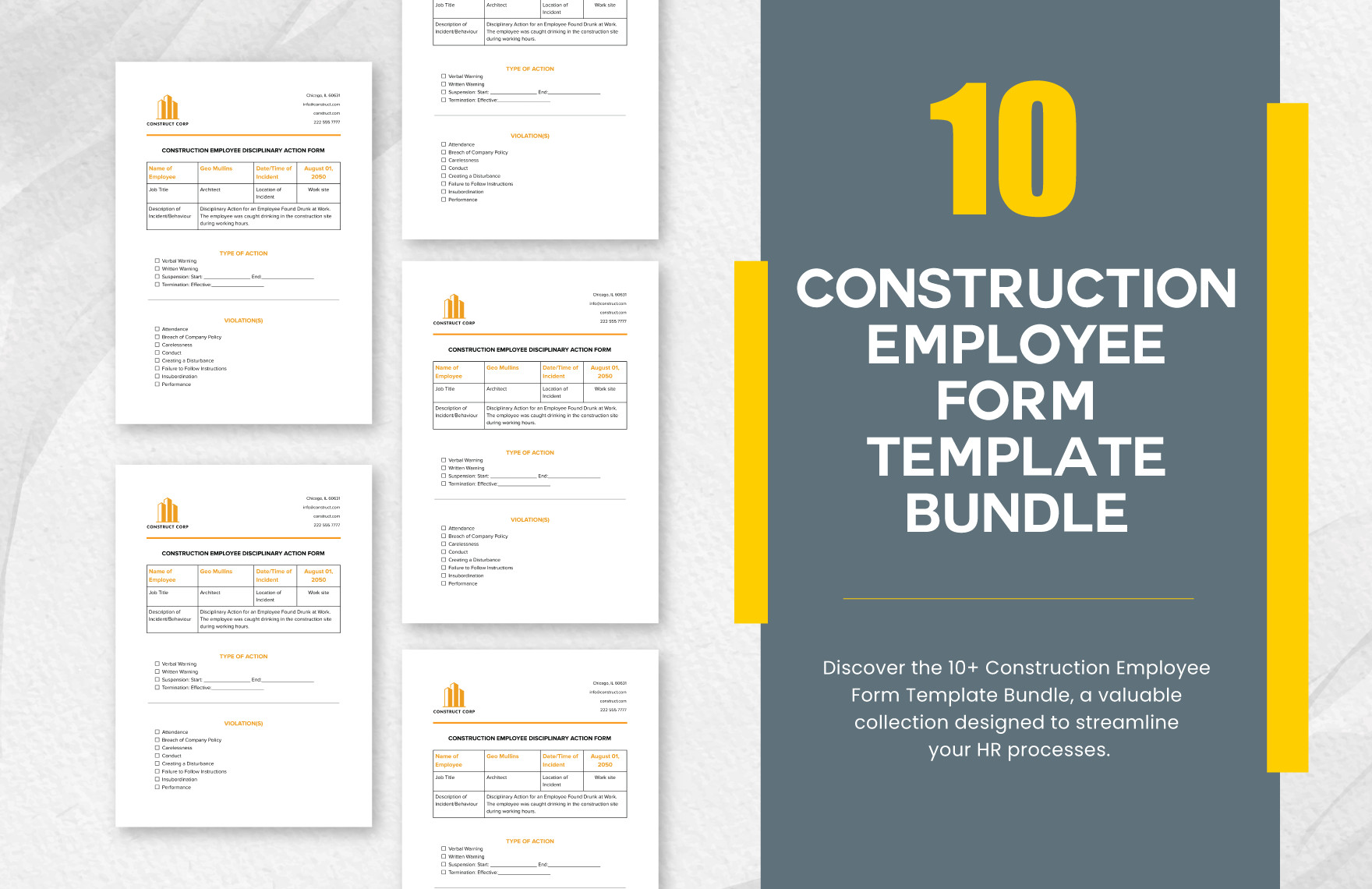
2. Construction Employee Appraisal Form Template
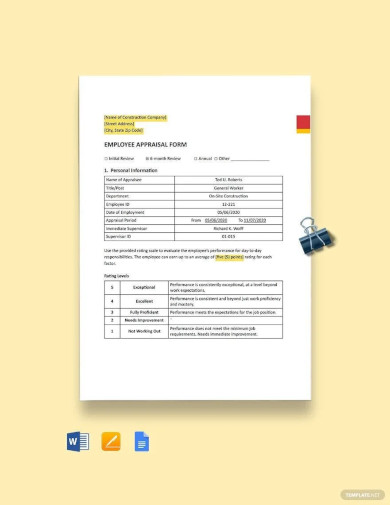
3. Construction Employee Grievance Form

4. Construction Employee Incident Report Form Template
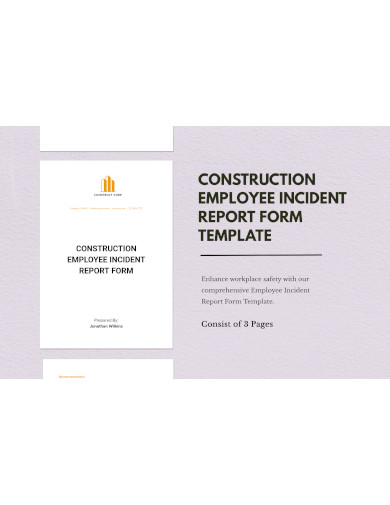
What is a Construction Employee Form?
A construction employee form is an essential tool used by construction companies to record, organize, and manage information about each member of their team. It stands as a repository of details that encapsulates a comprehensive picture of an employee’s professional life within the construction sector. This form serves multiple purposes, from recruitment and onboarding to safety compliance and performance assessment. It is, without doubt, a cornerstone in streamlining operations in the highly dynamic construction industry.
Understanding Its Structure
Personal Identification Details: This is not just an employee’s basic identity. It is the frontline information containing names, addresses, date of birth, contact numbers, and other identifiers. It’s the first point of reference, especially when reaching out or in emergencies.
Educational and Training Credentials: Every building or infrastructure stands tall on the foundation of expertise. This section chronicles formal education, technical courses, industry-specific certifications, and any other training programs the employee has undergone. It establishes the baseline of an individual’s knowledge in the vast expanse of construction-related disciplines.
Professional History: More than just a list of past employers or job titles, this dives deep into the projects the employee has worked on, the roles they played, machinery or equipment they operated, challenges they overcame, and even accolades they might have received. It’s like reading a story of the employee’s journey in the construction world.
Skill Assessment: Construction is an industry where skills are as crucial as formal education. An employee might have mastered a specific software, developed a knack for understanding architectural blueprints, or become adept at handling a particular type of machinery. This segment is dedicated to capturing those unique proficiencies.
Diving Deeper: Beyond the Basics
Health and Physical Fitness Records: Given the physically demanding nature of many construction jobs, understanding an employee’s health status, past medical history, and physical fitness levels can be vital. This can help in ensuring the employee’s well-being and in allocating tasks that align with their health profile.
Emergency Contact Information: In a sector where the risk of accidents, though minimized with safety protocols, still exists, having ready access to emergency contact information is vital. This goes beyond just listing a next of kin; it involves understanding who to reach out to and how, should an unforeseen event occur.
Certifications and Licenses: The construction industry often involves the operation of specialized machinery, adherence to safety protocols, and knowledge of specific construction methods. Holding valid certifications or licenses can be a testament to an employee’s capability and compliance with industry standards.
Feedback and Performance Reviews: A construction employee form isn’t just about static past information. It’s a living document that evolves with the employee’s journey in the company. Periodic performance reviews, feedback from supervisors, and even notes on training or upskilling sessions attended can form a part of this comprehensive record.
The Digital Evolution of the Form
While traditional paper-based forms have been the norm, the rise of digital platforms has revolutionized how these employee forms are created, stored, and accessed. Many companies now use digital databases, allowing for easy updates, quick searches, and integration with other HR and project management tools. These digital forms, often cloud-based, ensure that an employee’s data is accessible anytime, anywhere, yet stored securely with advanced encryption and backup measures.
5. Construction Employee Exit Clearance Form Template
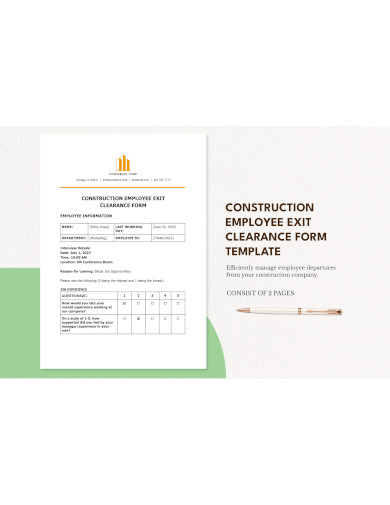
6. Construction Employee Complaint Form

7. Construction Employee Equipment Request Form
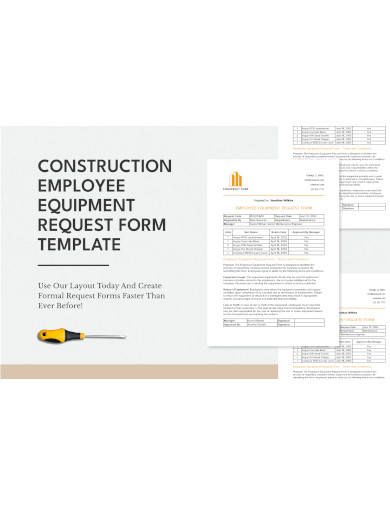
8. Construction Employee Exit Interview Form Template
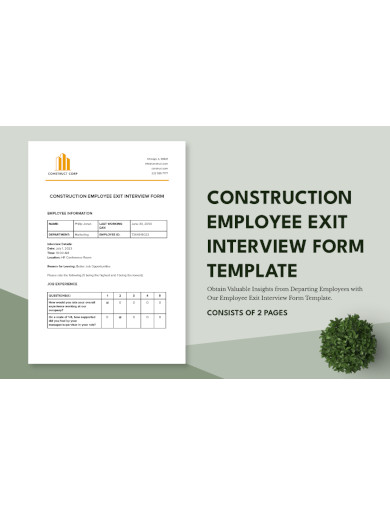
9. Construction Employee Registration Form Template
10. Basic Construction Employee Form Template
11. Construction Industry Employee Verification Complaint Form Template
12. Sample Construction Employee Form Template
What is the Purpose of a Form in Construction?
In the intricate world of construction, forms serve as structured tools that facilitate effective communication, documentation, and management of vast amounts of information. These instruments ensure that every facet of a construction project, right from its conception to completion, is organized, documented, and accessible.
The Multifaceted Role of Forms
- Documentation and Record Keeping: At its most basic level, a form serves as a record. Whether it’s detailing the specifications of a project, tracking inventory, or logging daily activities on site, forms offer a tangible (or digital) snapshot of actions, decisions, and resources at any given time.
- Safety and Compliance: Construction is governed by a plethora of safety regulations and standards. Forms related to safety protocols, equipment checks, and risk assessments ensure that the construction site adheres to these regulations, minimizing hazards and potential liabilities.
- Efficient Communication: In an industry where collaboration between multiple teams is the norm, forms standardize communication. Whether it’s between architects, engineers, or ground workers, forms provide a consistent format for information dissemination, ensuring everyone is on the same page.
- Project Management and Tracking: Forms help in breaking down a project into smaller tasks, assigning them, tracking progress, and even noting down challenges or changes. They serve as a roadmap, guiding the project through its various phases, ensuring timelines are met and resources are optimally utilized.
A Catalyst for Decision Making Given the complexities and the high stakes in construction, decision-making needs to be swift yet informed. Forms, with their structured data, offer insights that drive these decisions. Whether it’s determining the need for more materials, gauging workforce productivity, or evaluating project milestones, forms provide the necessary data in a digestible format, making the decision-making process both efficient and effective.
Why are Construction Employee Forms Important?
In the vast ecosystem of construction, where projects often span years and involve hundreds of workers, construction employee forms are the pillars of effective human resource management. These comprehensive documents bridge the gap between administrative necessities and on-ground realities.
The Pulse of the Workforce
- Holistic Employee Profiles: Construction employee forms go beyond just names or contact details. They offer a complete profile of an employee’s skills, experience, qualifications, and even their aspirations. This 360-degree view ensures that every task is matched with the best-suited individual, leading to enhanced productivity and job satisfaction.
- Safety First: In an environment where the improper use of machinery or a lack of specific training can lead to severe consequences, these forms ensure safety isn’t compromised. Knowing who is certified for what and who has undergone which safety training ensures protocols are met and risks are minimized.
- Operational Efficiency: Time, in construction, directly equates to money. With comprehensive employee forms, supervisors and project managers can quickly allocate tasks, shift responsibilities, or even assemble teams based on the documented skill sets and experiences, ensuring minimal delays.
- Compliance and Legal Safeguards: With labor laws, safety mandates, and even union stipulations to consider, these forms help in ensuring that the company remains compliant. They serve as proof of qualifications, training, and other requirements, safeguarding the company against potential legal complications.
A Testament to Growth and Development Construction employee forms aren’t just about the present. They record an employee’s journey, showcasing their growth, achievements, challenges, and learnings. Whether it’s for performance reviews, promotions, or even conflict resolutions, these forms offer an objective, data-driven perspective, enabling fair and informed decisions.
In essence, construction employee forms are the linchpins holding together the intricate machinery of construction operations. They facilitate streamlined processes, foster safety, and above all, ensure that every brick laid and every structure erected has the support of a well-documented, well-understood workforce.
Related Posts
Parent Consent Form Samples & Templates
Sample Release of Liability Forms
Sample Training Feedback Forms
Sample Sworn Affidavit Forms
Agreement Form Samples & Templates
Vehicle Inspection Forms Samples & Templates
Sample Employee Advance Forms
Sample Child Travel Consent Forms
Sample Testimonial Request Forms
Sample Employee Details Forms
Sample Divorce Forms
Sample Attestation Forms
Employee Performance Appraisal Form Templates
FREE 9+ Sample Presentation Evaluation Forms in MS Word
FREE 10+ School Admission Form Samples & Templates in MS Word | PDF

